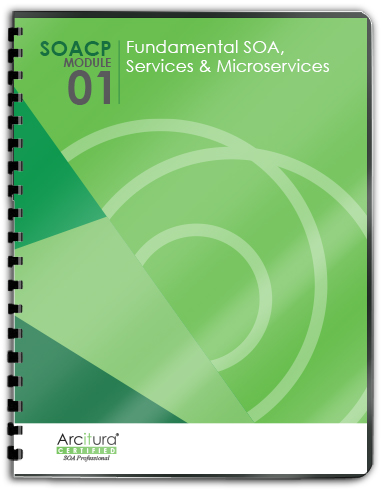SOA Patterns > Basics > What is SOA > Goals and Benefits of Service-Oriented Computing > Reduced IT Burden
Reduced IT Burden
Consistently applying service-orientation results in an IT enterprise with reduced waste and redundancy, reduced size and operational cost, and reduced overhead associated with its governance and evolution. Such an enterprise can benefit an organization through dramatic increases in efficiency and cost-effectiveness.
In essence, the attainment of the previously described goals can create a leaner, more agile IT department; one that is less of a burden on the organization and more of an enabling contributor to its strategic goals.

Figure 1 – If you were to take a typical automated enterprise and redevelop it entirely with custom, normalized services, its overall size would shrink considerably, resulting in a reduced operational scope.
| Related Service-Orientation Principles
Standardized Service Contract, Service Loose Coupling, Service Abstraction, Service Reusability, Service Autonomy, Service Statelessness, Service Discoverability, Service Composability |
| Related SOA Patterns
The strategic goals of service-oriented computing represent a target state that service-orientation provides a method of achieving. The successful application of service-orientation helps shape and define requirements for different types of service-oriented architectures that end up establishing an IT automation model designed to fully support the endless two-way cycle of change through which business and IT communities continually transition. Amidst all of this, all SOA design patterns provide proven design solutions and practices that support (and are supported by) service-orientation. |

